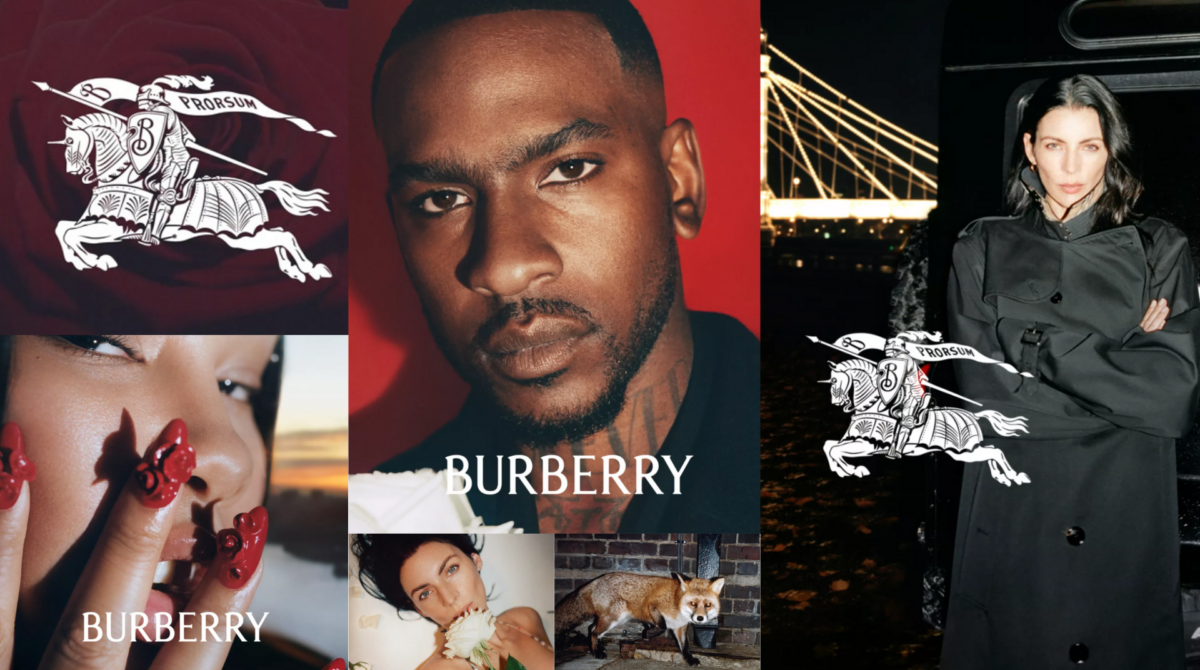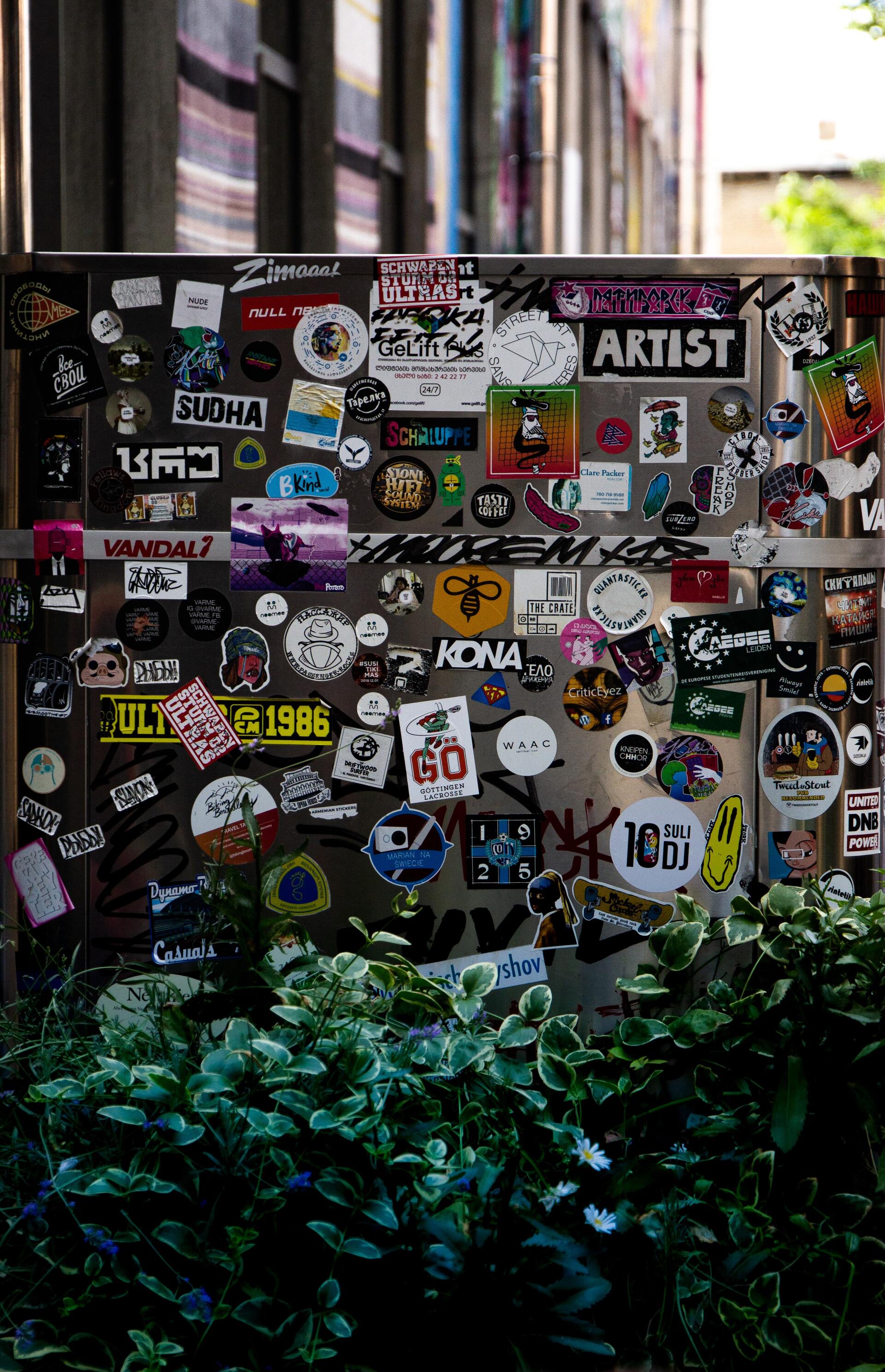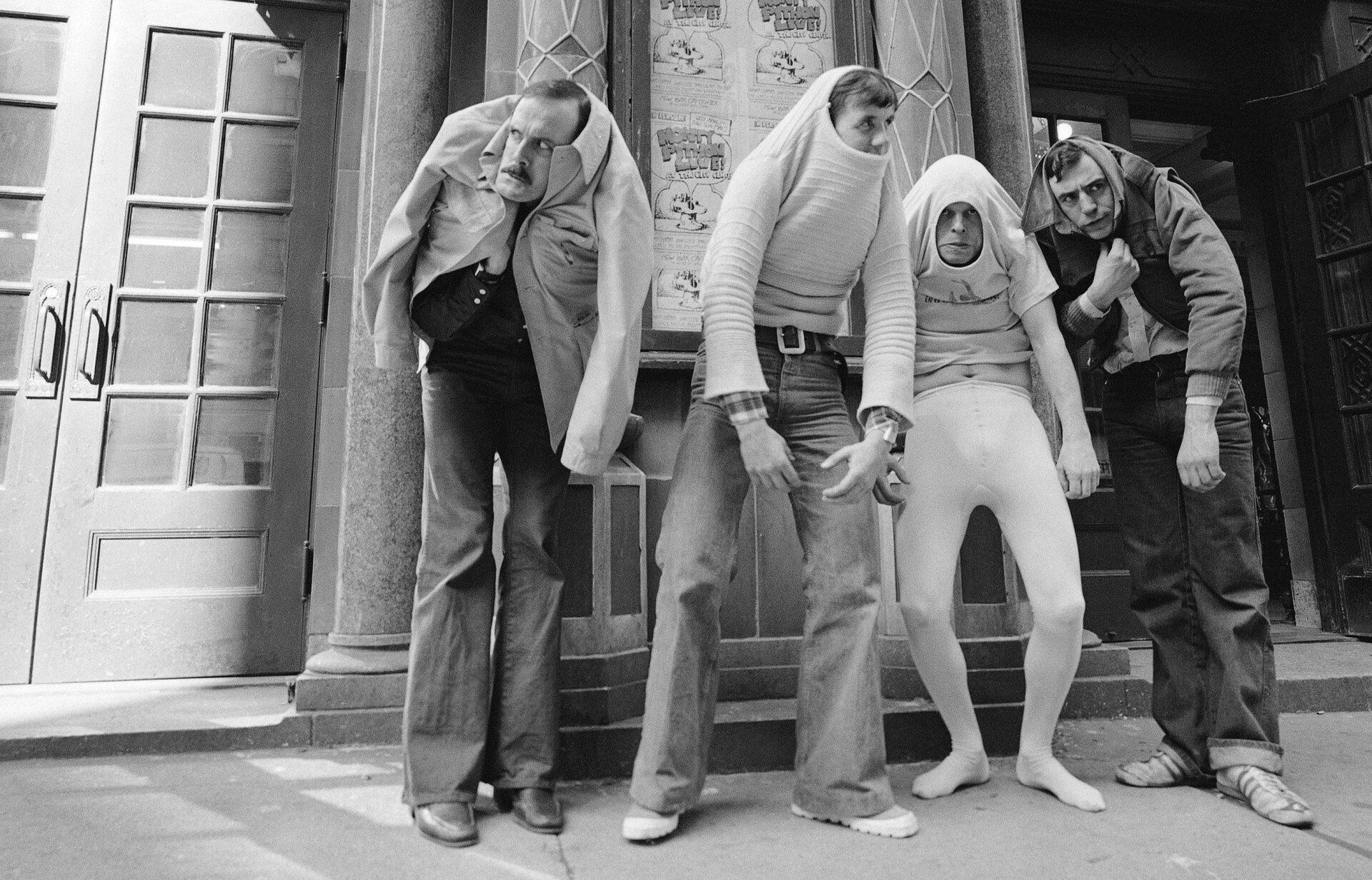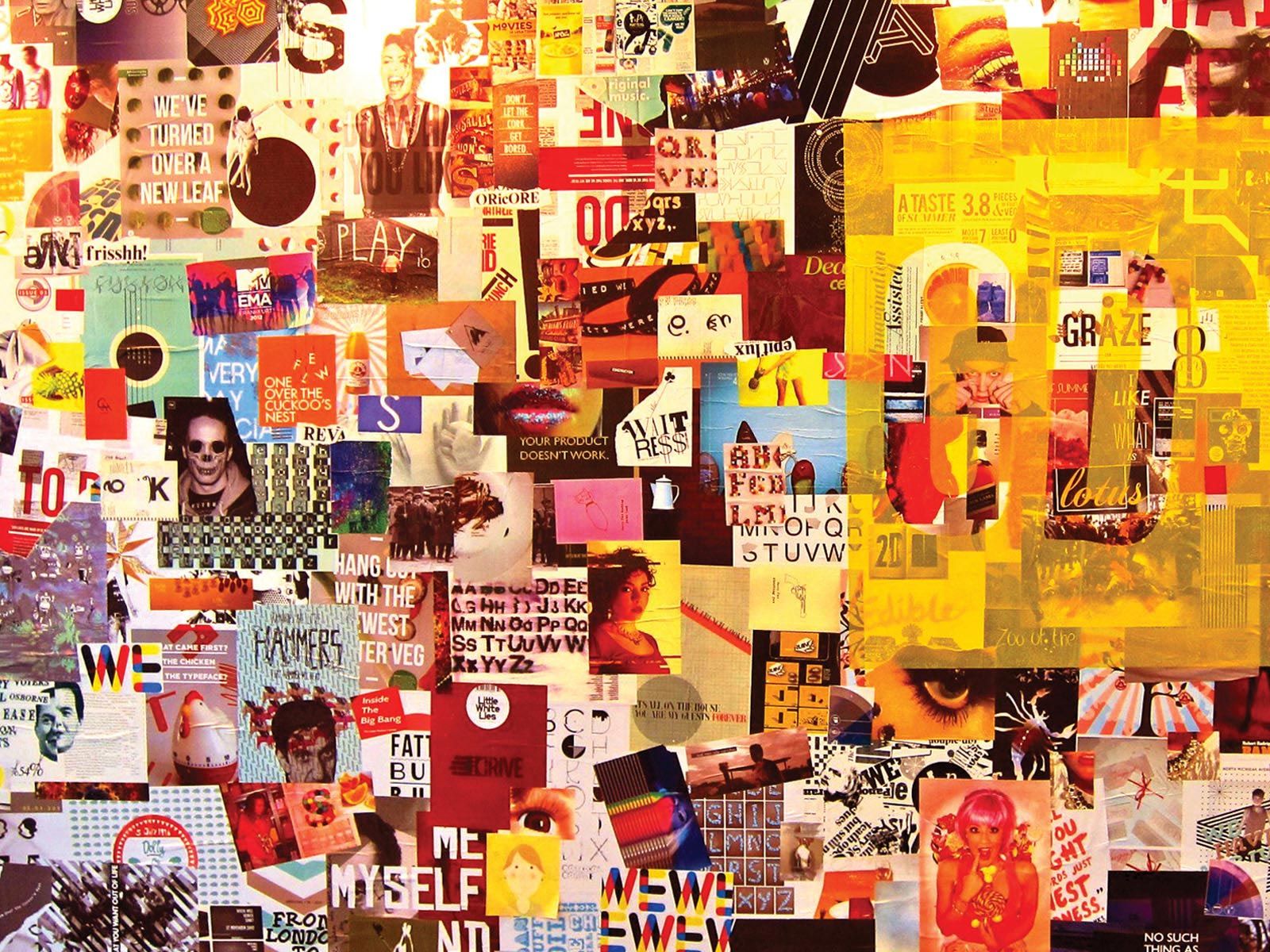How Effective Can Humour be Within Marketing?
As someone who is a huge fan of comedy and doesn’t take themselves too seriously, I always love when we have the opportunity to choose a more informal route with our marketing campaigns and are able to incorporate humour.
I feel that with the market becoming so saturated and younger audiences being tech-savvy enough to consume content whilst avoiding advertising (streaming, playback, ad blockers) marketing campaigns have to be engaging and unique and I believe humour is a good way of achieving that.
The the book A Smile In Mind: Witty Thinking In Graphic Design argues that humour is big business and when done right it can help companies win favour and form an emotional bond with customers more easily than hard-sell tactics. But wit can deliver more than personal amusement. Citing the management expert Jean-Louis Barsoux’s 1993 book, Funny Business: Humour Management and Business Culture, they explain that a well-executed visual joke can induce a relaxed and receptive frame of mind. For new or skeptical customers, “getting the joke,” incites a shared flash of insight that somehow forms a complicit bond. ”This is like persuading the goalkeeper to stand aside before you shoot at the goal,” they wrote.
“Wit can be a structural idea that underpins a whole brand,” he says. “It works for global giants like Google, Amazon and Coca-Cola. And it works for grassroots ideas, as a tool of political protest or spreading environmental and health messages.”
Beryl McAlhone from "Smile In The Mind"
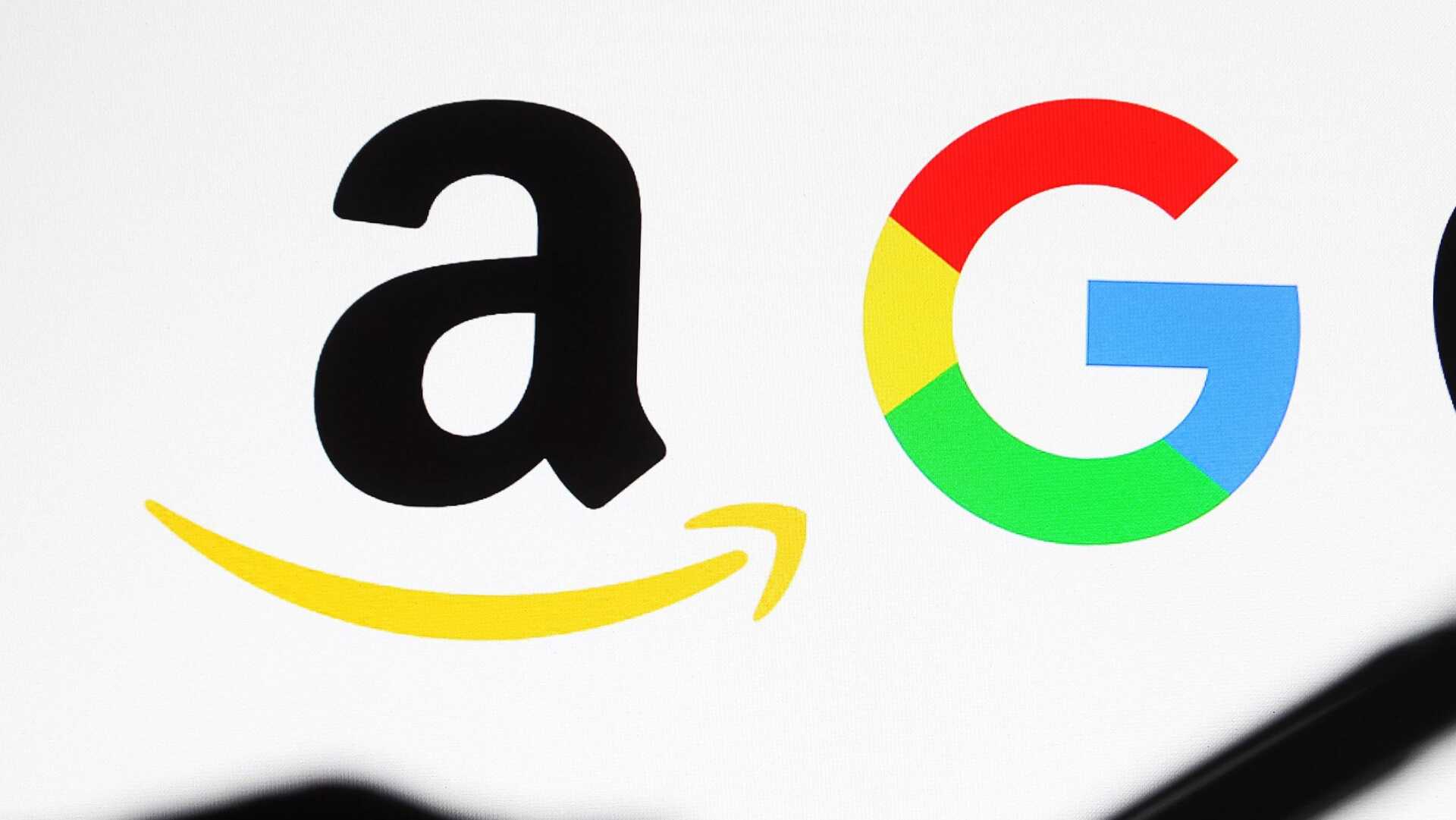
Humor is also proven to have a beneficial effect on memory—funny information is easier to remember than non-funny information. For this reason, it can be beneficial to add bits of humor to elements of your storytelling, such as in the imagery on your landing page. The story you tell your users will be a memorable one.
However humor is a double-edged sword. It can bring delight when used appropriately, but it can cause a lot of harm when it’s implemented without tact and foresight. Humor is contextual. A joke that can be funny in one situation can be terrible in another.
Virgin America learned this, when they unveiled a new fake logo—a pair of pendulous boobs, referencing Airbnb’s accidental (and real) vagina-shaped brand mark— which managed to offend many.
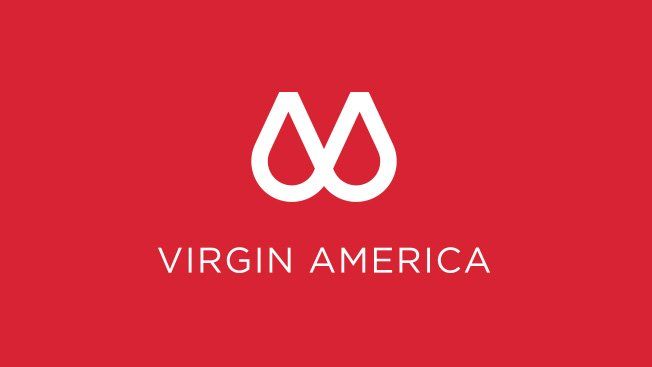
Not all projects have a place for fun. For example, when it comes to government organizations, adding humour to sites and apps that represent such organizations can interfere with user expectations. One of the challenges with adding humour into your design is knowing when to stop. The right amount of fun can create a memorable experience, but too much can have the opposite effect—it can drive users away.
To conclude there will always be risks and potential negatives when creating new ideas, especially in a society now that is getting stricter with political correctness with many people out there to ‘cancel’ you. However the greater the risk the greater the reward so I feel we should embrace humour and try and make advertising as fun and exciting as possible.
